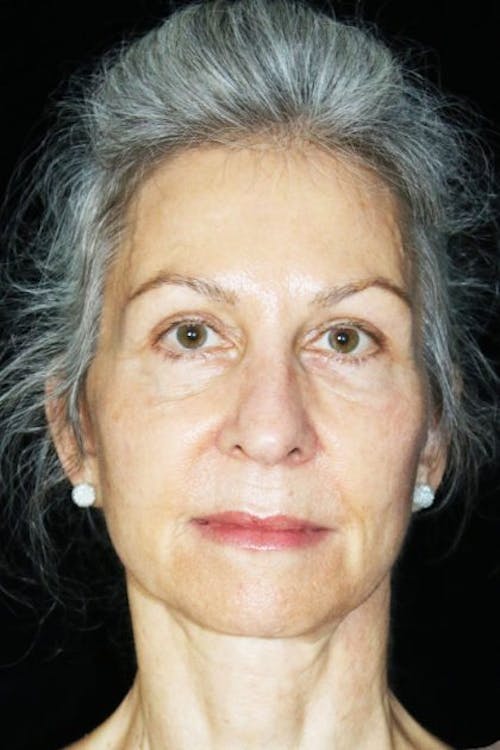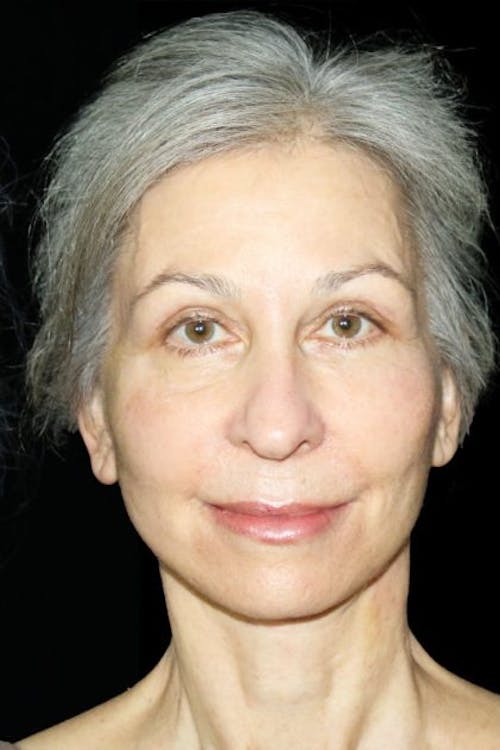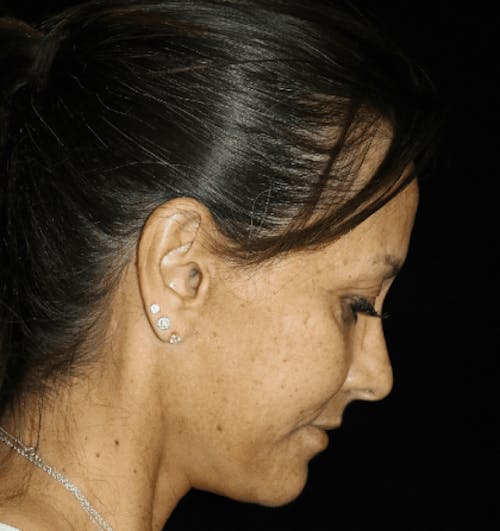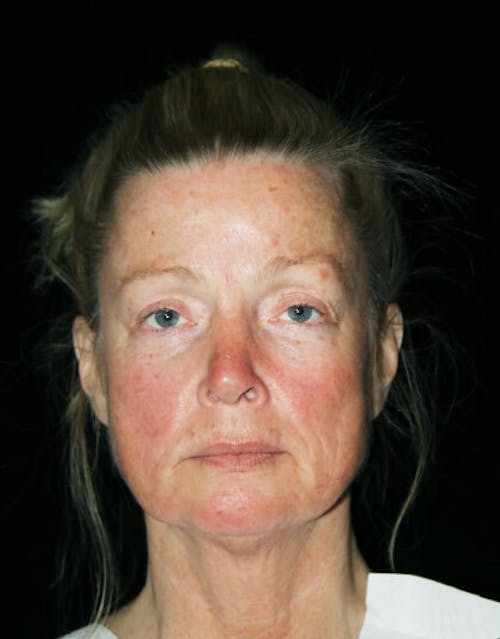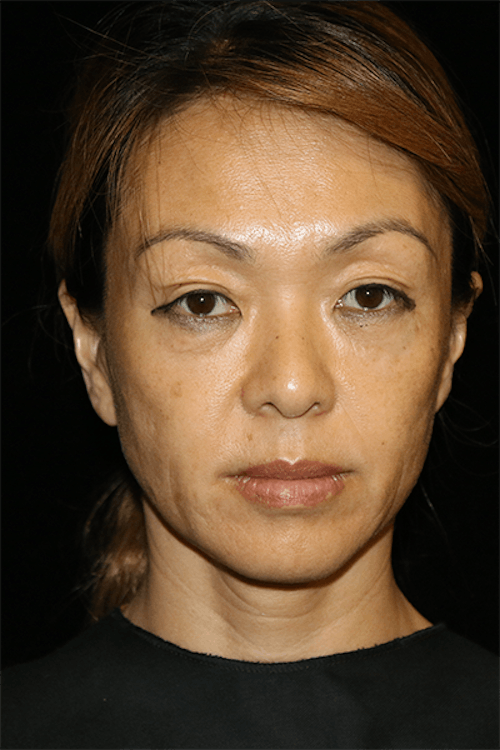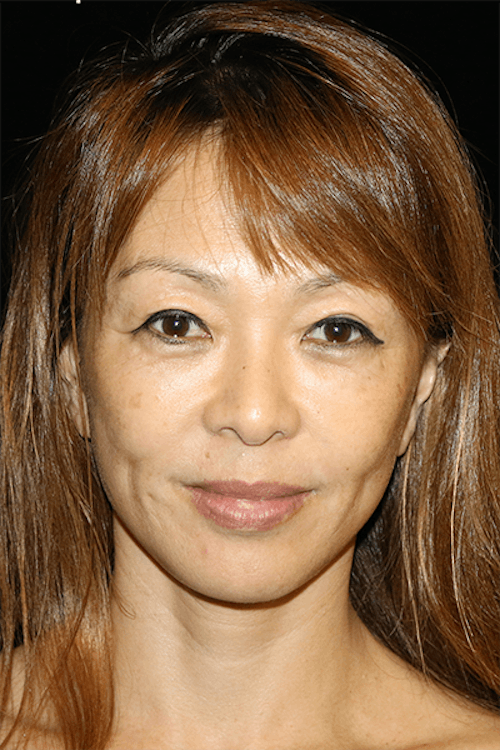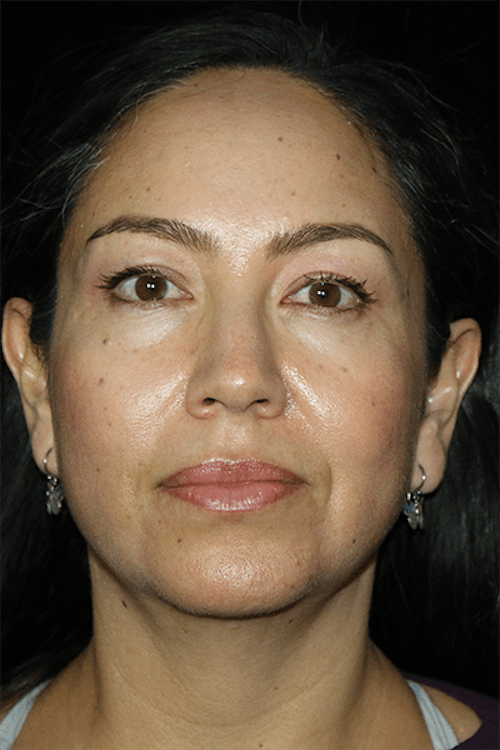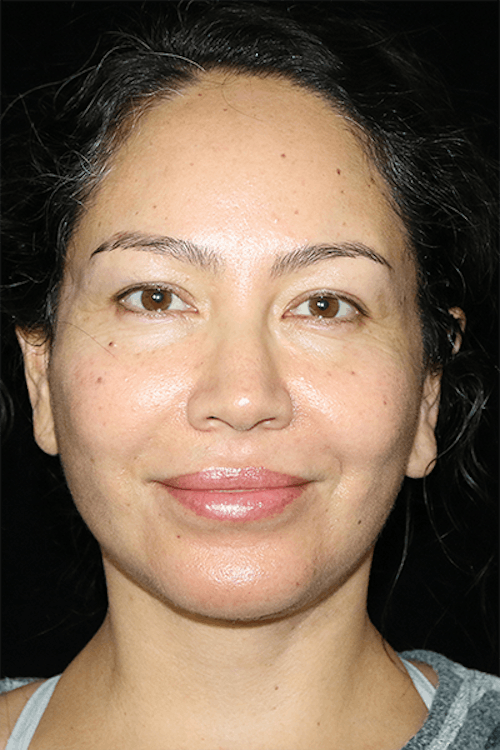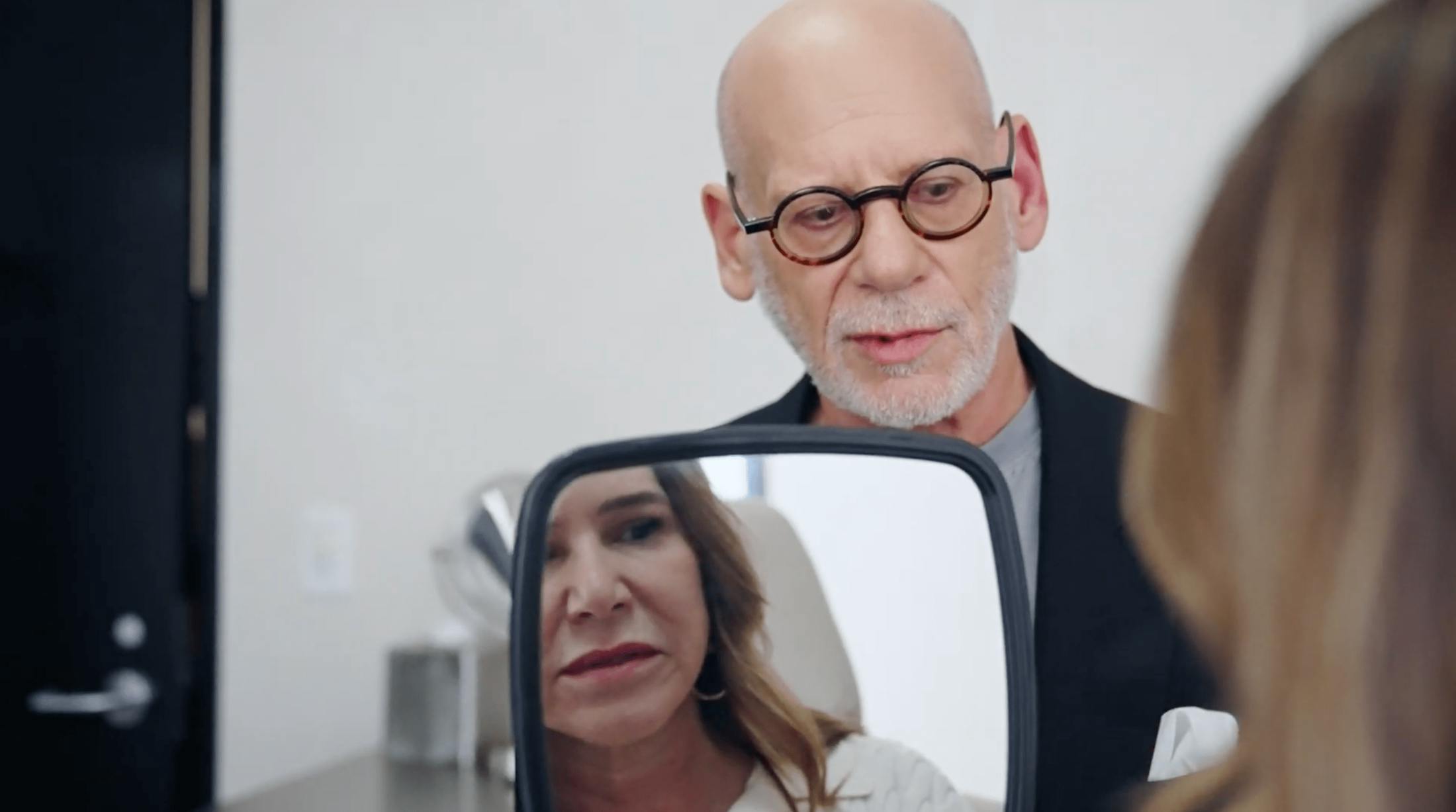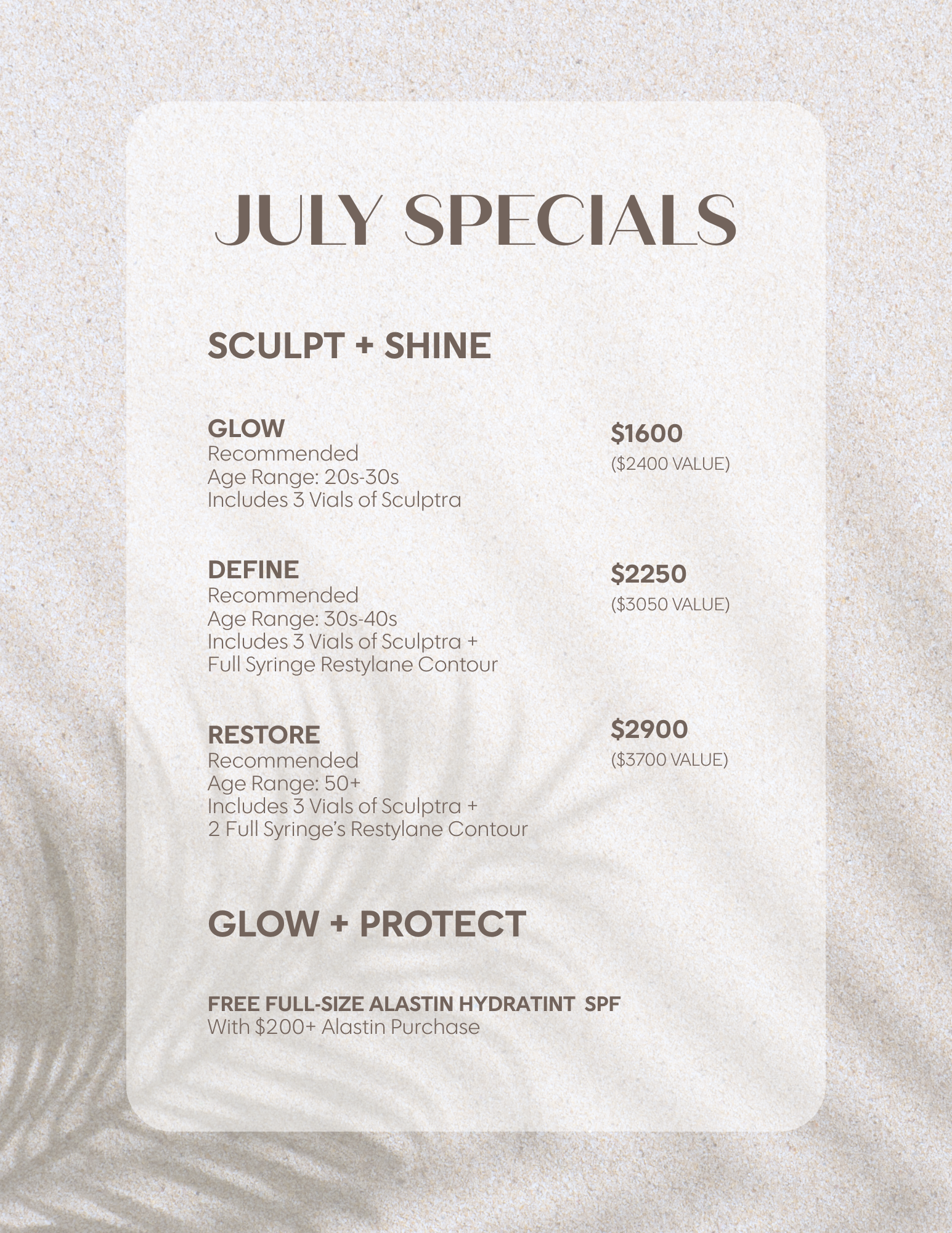A Mini Facelift creates a subtle but significant facial rejuvenation for those with less extensive facial aging. This customized facial procedure is performed with shorter incisions and faster recovery time.
Are You a Candidate for a Mini Facelift?
A Mini Facelift is a less invasive version of the traditional facelift, focusing on lifting and tightening the lower face and neck. This procedure involves smaller incisions, typically placed around the ears, and is designed to address mild to moderate sagging skin and wrinkles. The Mini Facelift is an excellent option for patients who are not yet ready for a full facelift but want to rejuvenate their appearance with a procedure that offers quicker recovery and minimal scarring.


